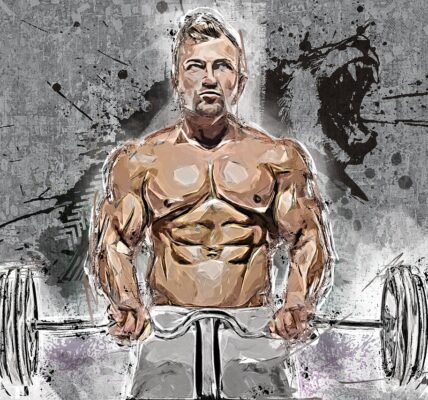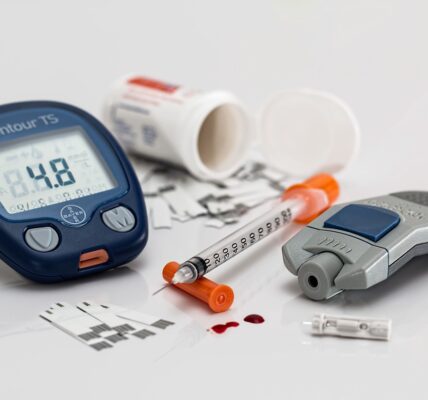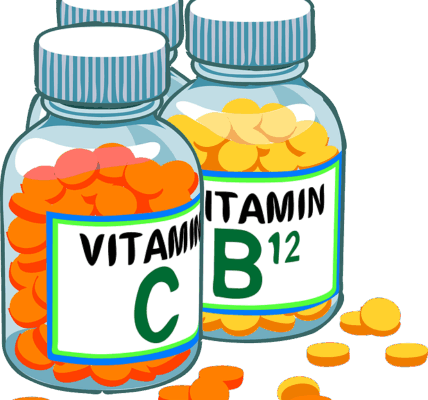Let’s take a look at the Male Body After 50. We’re all here right now. So, let’s dive in to this.
A man’s body at fifty is a roadmap of his life. It holds the strength built from years of work, the lines etched by laughter and concentration, and the resilience forged through decades of challenges. It has served you well. But there is no denying that after this milestone birthday, the map begins to show new terrain. The body’s landscape starts to shift in ways that are universal, yet feel deeply personal. This isn’t a sign that the journey is over. It’s simply a signal that it’s time to read the map more carefully.
Understanding these physical changes is not about dreading the future or mourning a past self; it’s about taking control. It’s about becoming a better, more knowledgeable custodian of the only body you will ever have. Recognising what’s happening under the bonnet allows you to make smart, informed decisions to maintain your horsepower, tune up the engine, and ensure the chassis is sound for the long, exciting road ahead. This is a practical, human look at the physical evolution men face after fifty, and how to meet it with strength and intelligence.
Muscle, Fat, and Your Metabolism
One of the first and most noticeable changes many men experience is a fundamental shift in body composition. You might find that despite your activity levels and diet remaining consistent, you’re losing a bit of muscle definition while gaining fat, particularly around your midsection. This isn’t a failure of willpower; it’s a well-documented biological process called sarcopenia. It’s a quiet thief, this sarcopenia, the age-related loss of muscle mass and function. From our thirties onwards, we all naturally begin to lose muscle tissue, but this process accelerates significantly after the age of fifty.
This does more than just affect your raw strength for everyday tasks, like carrying heavy shopping or opening a stubborn jar. It has a profound impact on your body’s entire economy. Muscle is a metabolically active tissue, meaning it burns calories for fuel even when you’re sitting at rest. As you lose this precious muscle, your body’s resting metabolic rate—the speed at which your engine idles—naturally slows down. It becomes a frustrating double-edged sword: you’re losing your primary calorie-burning furnace at the exact same time your body is becoming more efficient at storing any excess energy as fat. This is why a new approach to fitness is so critical. The focus must shift towards actively preserving and building muscle through resistance training. Lifting weights, using resistance bands, or even performing structured bodyweight exercises becomes less of a vanity project and more of an essential act of metabolic maintenance.
Understanding ‘Andropause’
The hormonal shifts women experience through menopause are widely discussed, but men undergo their own gradual change. It’s often referred to as ‘andropause’ or, more clinically, late-onset hypogonadism.
This involves a steady decline in the production of testosterone, the primary male sex hormone that has influenced everything from your muscle mass to your mood for decades.
This isn’t a sudden cliff-edge drop, but rather a slow, creeping decline of about one percent per year from your late thirties. By the time you’re in your fifties, the cumulative effect of this downshift can become more apparent.
Lower testosterone levels can contribute directly to many of the other changes on this list, including the reduced muscle mass, increased body fat, and a noticeable dip in energy levels.
It can also affect your mood, your libido, and even your cognitive function. While this is a completely natural part of the ageing process, its effects are not something you simply have to accept. They can be powerfully managed through positive lifestyle choices, including consistent exercise, proper nutrition rich in healthy fats and proteins, high-quality sleep, and diligent stress management.
A New Look at Bones and Joints
The very scaffolding that has supported you for a lifetime also begins to require more careful maintenance. Our bones are living tissue, constantly breaking down and rebuilding.
From around the age of forty, however, the rate of breakdown can start to outpace the rate of rebuilding, leading to a natural loss in bone density. For men, this process is generally slower than for women, but it is a reality.
Reduced bone density can make you more susceptible to fractures from a fall or accident that you might have bounced back from a decade earlier.
At the same time, the cartilage that acts as a smooth, protective cushion in your joints can start to wear thin after decades of use.
This can lead to the stiffness, aches, and pains of osteoarthritis, particularly in hard-working, weight-bearing joints like the knees and hips. You might notice more creaks and groans when you get out of a chair in the morning, or that it takes a little longer to warm up before physical activity feels comfortable. The solution here is movement. It may seem counterintuitive, but weight-bearing exercise like brisk walking, hiking, or strength training sends signals to your body to build stronger, denser bones. Likewise, focusing on mobility and flexibility through stretching helps to keep your joints lubricated and healthy.
The Engine Room Heart and Health
Your cardiovascular system has been working tirelessly for over five decades, pumping blood through thousands of miles of arteries and veins. This is one area that requires diligent, proactive attention as you age.
The walls of your arteries can become stiffer and less flexible over time, a condition known as arteriosclerosis.
This loss of elasticity can contribute to a gradual but steady increase in blood pressure, which is a major risk factor for both heart disease and stroke.
Furthermore, a lifetime of dietary choices can lead to the buildup of fatty plaques inside those arteries, a separate condition called atherosclerosis.
This effectively narrows the pathway for blood flow, forcing your heart to work harder to do its job. It is absolutely crucial for men over fifty to know their numbers.
This means having regular check-ups with your GP for blood pressure and cholesterol levels. Knowledge is power, and these numbers give you the data you need to take action.
A heart-healthy diet, regular cardiovascular exercise that gets your heart rate up, and finding effective ways to manage stress are your most powerful tools for keeping the engine running cleanly and efficiently for years to come.
Digestion and the Prostate
It’s not just our outer frame that changes; our internal systems evolve too.
The digestive process can become a little more sluggish with age. You might find you are more prone to constipation or indigestion than you were in your younger years.
Prioritising a diet rich in fibre from fruits, vegetables, and whole grains, along with staying well-hydrated, becomes increasingly important to keep things moving as they should.
For men, this decade is also when the prostate gland often makes its presence known.
The prostate naturally tends to grow larger with age, a non-cancerous condition known as benign prostatic hyperplasia (BPH).
This can lead to noticeable changes in urination, such as a weaker stream, difficulty starting, or needing to get up more frequently during the night. While it is a common and treatable issue, it’s essential not to ignore these symptoms and to have regular check-ups with your GP to monitor prostate health.
Facing these physical realities isn’t about cataloguing a decline; it’s about intelligent adaptation. It’s about finally reading the owner’s manual that you might have ignored for years.
By understanding the specific ways your body is changing, you can shift from being a passive passenger to being the active pilot of your own health.
You can tune up the engine, reinforce the chassis, and steer yourself towards a future that is not just longer, but stronger, more vital, and more resilient than ever before.
0



